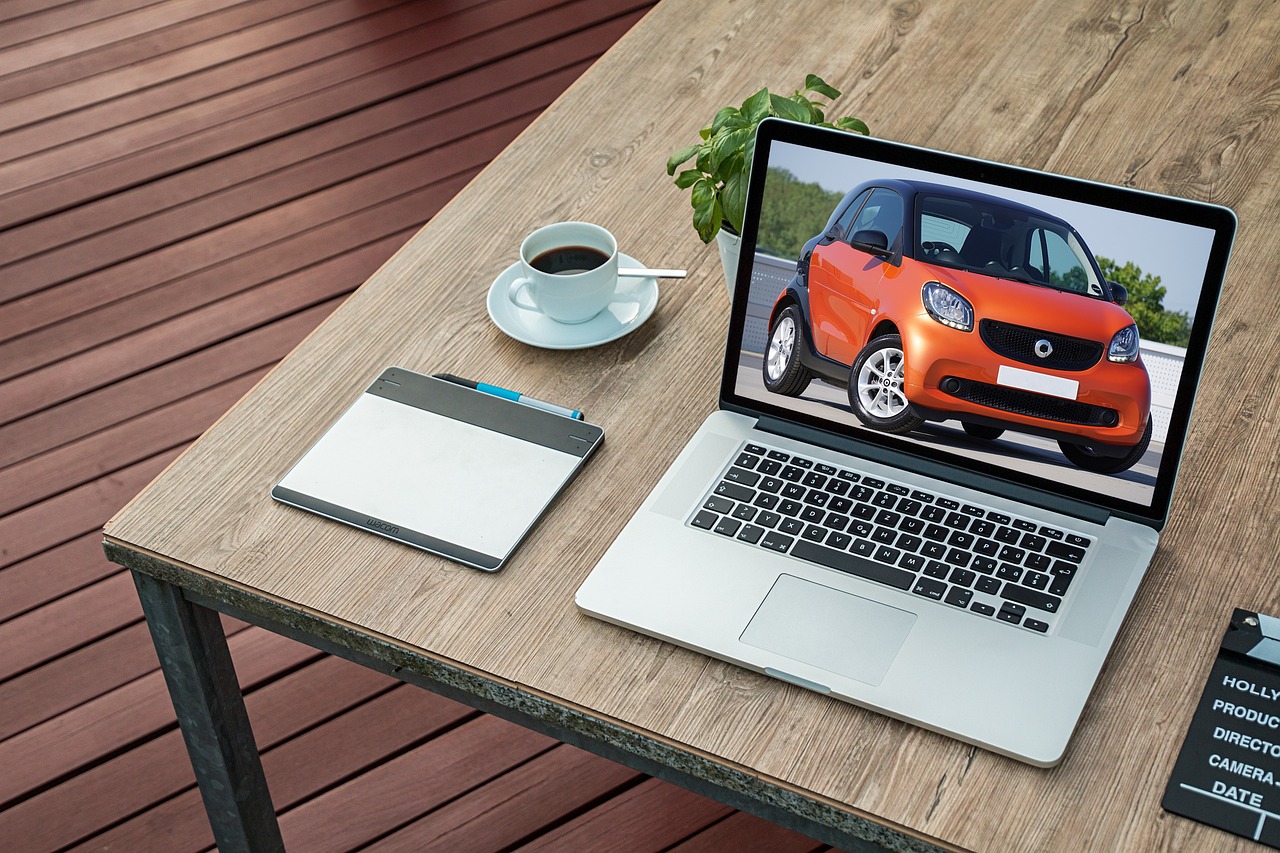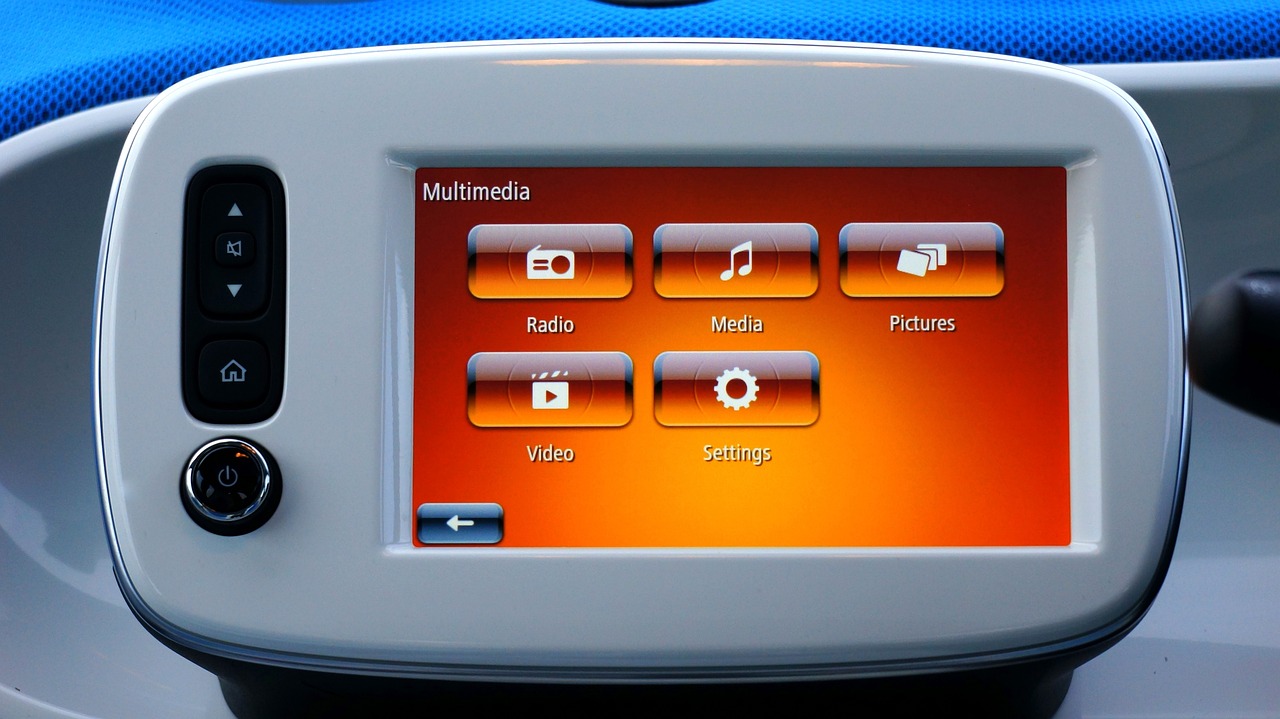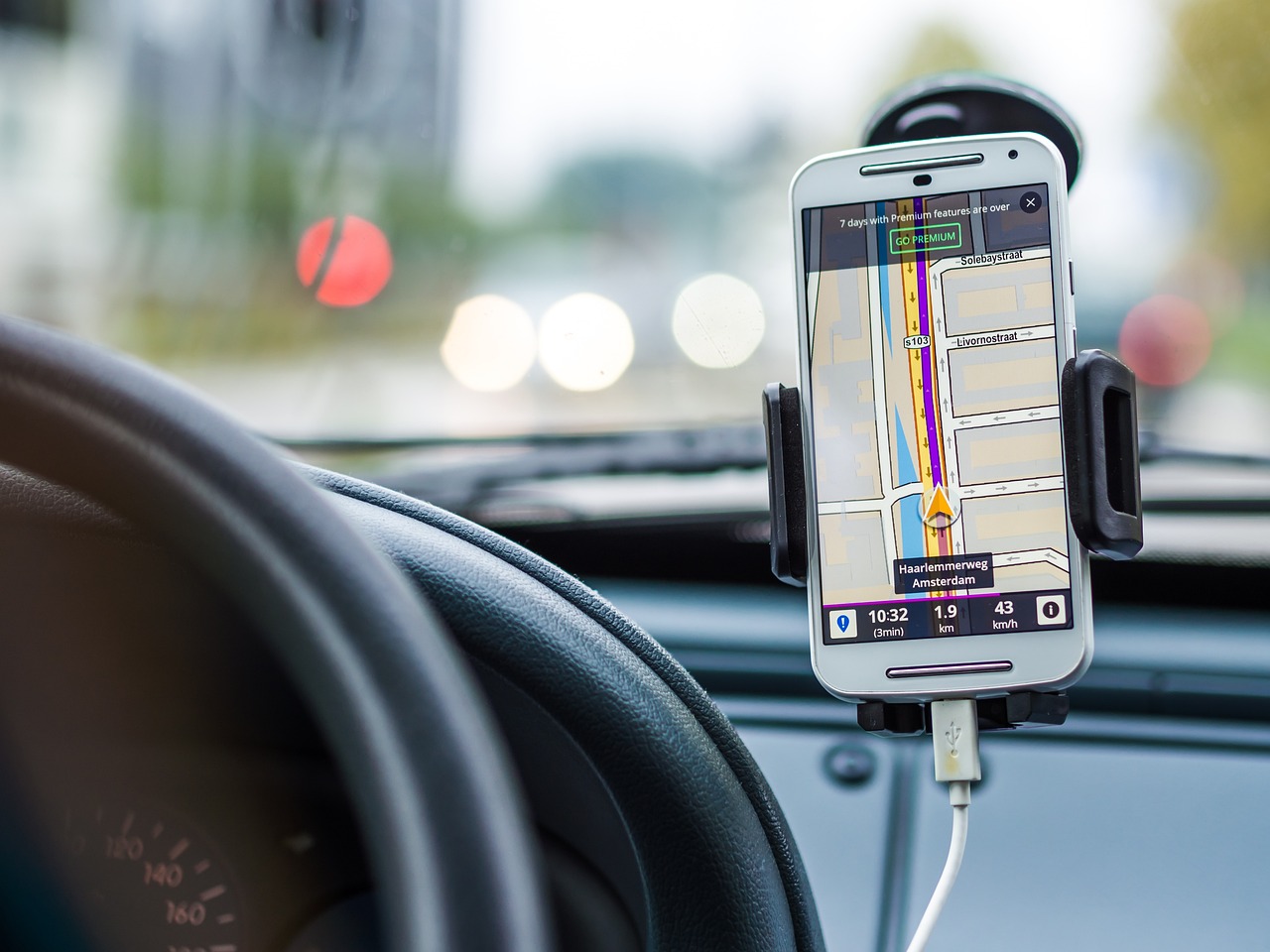Here is the Automotive Cybersecurity guide; read on! As technology advances and vehicles become more connected, the need for automotive cybersecurity is becoming increasingly important.
The risk of cyber threats to vehicles has increased significantly in recent years, and this has led to a greater focus on cybersecurity measures by automotive manufacturers and regulators.
In this automotive cybersecurity guide, we will explore the importance of automotive cybersecurity and how to protect your vehicle from digital threats.
In today’s world, vehicles are no longer just mechanical devices but are also highly sophisticated computers. As a result, they are vulnerable to cyber threats just like any other computer system.
Automotive cybersecurity refers to the measures put in place to protect vehicles from cyber threats, such as hacking, malware, and other malicious attacks.
The growth of connected vehicles, which can communicate with other devices and networks, has increased the risk of cyber threats. These threats can come from various sources, including hackers, criminals, and even insiders.
As a result, automotive cybersecurity has become a critical issue for the automotive industry, governments, and individual vehicle owners.
Without further ado, let me get started with the automotive cybersecurity guide.
Table of Contents
What Is Automotive Cybersecurity?
Automotive cybersecurity is a term used to describe the practices and technologies that are used to protect vehicles against cyber attacks.
In recent years, the automotive industry has seen a rise in the number of cyber attacks targeting connected cars, and the need for cybersecurity measures has become more important than ever before.
Connected cars are becoming increasingly popular, with features like infotainment systems, GPS navigation, and remote vehicle control becoming commonplace. However, with these features comes the risk of cyber attacks.
Hackers can exploit vulnerabilities in connected car systems to gain access to sensitive information, such as personal data, driving habits, and location data. They can also take control of the car’s systems, such as the brakes, steering, and engine.
To combat these risks, automotive manufacturers and cybersecurity experts have developed a range of technologies and best practices. These include:
- Encryption: Encryption is the process of converting data into a code that can only be deciphered by authorized parties. By encrypting data in transit and at rest, manufacturers can ensure that sensitive information is protected from unauthorized access.
- Firewalls: Firewalls are devices or software that block unauthorized access to a network. In the case of connected cars, firewalls can prevent hackers from gaining access to the car’s systems through the internet or other external connections.
- Intrusion Detection Systems (IDS): IDS are designed to detect and alert users to potential cyber threats. In connected cars, IDS can detect anomalies in the car’s systems and alert drivers or manufacturers to potential cyber attacks.
- Over-the-Air (OTA) Updates: OTA updates allow manufacturers to remotely update a car’s software and firmware. This means that if a vulnerability is discovered, manufacturers can quickly issue a patch to fix it.
- Best Practices: In addition to technological solutions, manufacturers and drivers must also follow best practices for cybersecurity. This includes things like keeping software up to date, using strong passwords and avoiding connecting to unsecured networks.
In essence, automotive cybersecurity is a vital aspect of modern car manufacturing and ownership. By implementing best practices and using advanced technologies, manufacturers and drivers can protect themselves against the growing threat of cyber attacks.
Understanding the Risks of Automotive Cybersecurity Threats
The risks associated with automotive cybersecurity threats are both significant and diverse. Cyber attackers can exploit vulnerabilities to remotely access a vehicle’s systems, seizing control of critical functions such as steering and brakes.
This unauthorized access not only jeopardizes the immediate safety of passengers but also poses a threat to personal data, including location and driving patterns, which could be exploited for malicious purposes.
Furthermore, the infiltration of malware and other malicious software into a vehicle’s systems has the potential to cause substantial damage, even rendering the vehicle inoperable.
Perhaps one of the most alarming aspects of automotive cybersecurity threats is the tangible risk of physical harm. In instances where hackers gain control of a vehicle’s systems, the potential for causing accidents leading to injuries or fatalities becomes a stark reality.
Regrettably, such incidents have already occurred, serving as ominous reminders of the vulnerabilities inherent in increasingly connected and autonomous vehicles, hinting at a future where the risks may intensify.
Vigilance, robust cybersecurity measures, and ongoing advancements in automotive security protocols are imperative to mitigate these evolving threats and ensure the safety of those on the road.
Recent Examples of Automotive Cybersecurity Breaches
There have been several high-profile automotive cybersecurity breaches in recent years. For this automotive cybersecurity guide, I will highlight a few incidents.
One of the most impactful incidents occurred in 2015 with the Jeep Cherokee hack. Hackers successfully remotely accessed the vehicle’s systems, seizing control of essential functions like steering and brakes. The repercussions were severe, prompting a recall of 1.4 million vehicles and serving as a wake-up call for heightened cybersecurity in the automotive sector.
In 2016, the Tesla Model S fell victim to another cybersecurity breach. Researchers demonstrated the ability to remotely access the vehicle’s systems, taking control of critical functions such as brakes and steering. While Tesla swiftly responded with a software update to address the vulnerability, this event highlighted the pervasive risks of cyber threats, even for cutting-edge vehicles.
Adding to the list of cautionary tales, in 2019, a security researcher uncovered vulnerabilities in keyless entry systems, affecting numerous vehicle models. Exploiting these weaknesses, hackers could unlock cars and start their engines, underscoring the importance of addressing cybersecurity at every level of vehicle technology.
In 2021, a group of hackers known as “Chuck Flash” exploited a vulnerability in the infotainment system of Fiat Chrysler Automobiles (FCA) vehicles to remotely control their features, including locks, climate control, and even the engine. This breach affected over 1.4 million vehicles worldwide.
In 2022, a vulnerability in the software of Hyundai and Kia vehicles allowed hackers to remotely unlock and start the cars using a simple smartphone app. This flaw affected over 8.4 million vehicles globally.
In August 2022, a ransomware attack on a supplier of automotive software compromised the data of millions of car owners, including their personal information and vehicle diagnostic records. This breach affected multiple car brands, including Toyota, Honda, and General Motors.
These breaches collectively reinforce the critical necessity for ongoing vigilance, research, and advancements in automotive cybersecurity to ensure the safety and security of modern vehicles.
The Impact of Automotive Cybersecurity Breaches
The repercussions of automotive cybersecurity breaches extend far beyond the digital realm and can have profound consequences.
Beyond the potential for physical harm, these breaches pose risks of financial losses, reputational damage, and legal liabilities, creating a multifaceted challenge for both manufacturers and consumers.
For instance, a cyber attack targeting a fleet of vehicles can result in substantial downtime and lost revenue for a company. This not only impacts the bottom line but also disrupts operations, affecting the overall efficiency and productivity of the business.
The financial toll, coupled with potential repair costs and legal ramifications, underscores the complex fallout of such breaches.
Moreover, the erosion of consumer trust in the automotive industry represents a critical concern. As vehicles become increasingly connected, consumers entrust manufacturers with vast amounts of personal data and, more importantly, their safety.
If this trust is compromised due to cybersecurity vulnerabilities, consumers may hesitate to purchase or use connected vehicles. This reluctance can ripple through the industry, affecting sales, innovation, and the widespread adoption of emerging technologies.
The interconnectedness of these factors emphasizes the need for comprehensive cybersecurity strategies within the automotive sector.
Beyond safeguarding against immediate threats, robust cybersecurity practices become integral to preserving financial stability, maintaining a positive industry reputation, and fostering the trust necessary for the continued growth and evolution of the automotive landscape.
Automotive Cybersecurity Regulations and Standards
Recognizing the escalating threat of automotive cybersecurity, governments and industry organizations worldwide are actively shaping regulations and standards to fortify the digital resilience of modern vehicles.
In the United States, the National Highway Traffic Safety Administration (NHTSA) has taken a pivotal role by issuing comprehensive guidelines on automotive cybersecurity. These guidelines serve as a foundational framework, urging manufacturers to institute robust cybersecurity programs.
The emphasis is on proactively identifying and mitigating cyber threats to ensure the safety and security of connected vehicles on American roads. This initiative reflects a collaborative effort between regulators and the automotive industry to establish a unified front against cyber threats.
On a global scale, the International Organization for Standardization (ISO) has responded to the imperative for standardized cybersecurity practices in the automotive sector. The ISO/SAE 21434 standard is a milestone in this endeavour, offering a structured framework for manufacturers to develop and implement cybersecurity measures in their vehicles.
By providing a common language and set of guidelines, ISO/SAE 21434 facilitates a harmonized approach to cybersecurity, fostering international cooperation and bolstering the resilience of connected vehicles across borders.
These regulatory and standardization efforts underscore the commitment to creating a secure and standardized environment for the evolving automotive landscape.
As vehicles continue to integrate advanced technologies, these initiatives play a crucial role in shaping a future where cybersecurity is a paramount consideration in the design, manufacturing, and operation of connected vehicles.
Automotive Cybersecurity Solutions
As the automotive industry continues to embrace advancements in connectivity and automation, the integration of robust cybersecurity solutions becomes paramount.
These multifaceted approaches not only safeguard individual vehicles but also contribute to the broader objective of establishing a secure and resilient automotive ecosystem for drivers and fleet operators alike.
Here are key automotive cybersecurity solutions:
- Regular Software Updates: Manufacturers should prioritize regular software updates to address identified vulnerabilities and enhance overall security.
- Hardware-Based Security Features: Integrating hardware-based security measures, such as encryption and secure boot, provides an additional layer of protection against unauthorized access.
- Intrusion Detection and Prevention Systems (IDPS): Deploying IDPS enables real-time detection and prevention of cyber threats, providing timely alerts and mitigation recommendations.
- Secure Vehicle-to-Everything (V2X) Communication: Employing robust authentication and encryption protocols for V2X communication ensures secure data exchange between vehicles, infrastructure, and other connected devices.
- Cybersecurity Awareness and Training: Educating drivers, fleet managers, and vehicle maintenance personnel about cybersecurity best practices is essential to minimize human error-induced vulnerabilities.
By implementing these multifaceted cybersecurity solutions, the automotive industry can effectively safeguard vehicles and their occupants, fostering a secure and trustworthy connected mobility experience.
While there is no commercially available antivirus for cars, car manufacturers are developing robust cybersecurity measures to protect their vehicles from cyberattacks.
How To Protect Your Vehicle from Digital Threats
As we increasingly integrate technology into our vehicles, it’s crucial to consider the potential digital threats that can arise. By implementing proactive measures, you can safeguard your vehicle and enhance its overall security.
Here are some essential steps to protect your vehicle from digital threats:
- Maintain Software Updates: Regularly check for and install software updates for your vehicle’s infotainment system and other connected components. These updates often address newly discovered vulnerabilities and enhance overall security.
- Employ Strong Passwords: Utilize strong, unique passwords for all vehicle-related accounts, including those for infotainment systems, telematics services, and mobile apps. Avoid using easily guessable or reused passwords.
- Exercise Caution with Wi-Fi Connections: Connecting your vehicle to public Wi-Fi networks poses potential security risks. If using public Wi-Fi is unavoidable, consider employing a virtual private network (VPN) to encrypt your connection and protect sensitive data.
- Protect Your Key Fob: Safeguard your key fob, as it may emit signals that hackers can intercept to gain unauthorized access to your vehicle. Consider storing it in a Faraday pouch or a metal container to block signal transmission.
- Limit Data Sharing: Minimize the data you share with your vehicle’s infotainment system. Avoid linking personal accounts, such as social media profiles, to your vehicle.
- Stay Informed: Keep abreast of the latest automotive cybersecurity threats and vulnerabilities. Subscribe to reputable cybersecurity news sources and follow advisories from your vehicle’s manufacturer.
While antivirus software specifically designed for cars is not yet commercially available, car manufacturers are actively developing robust cybersecurity measures to protect their vehicles.
These measures may include hardware-based security features, intrusion detection systems, and secure over-the-air software updates.
By adopting these precautionary measures and staying informed about evolving cybersecurity threats, you can significantly reduce the risk of your vehicle falling prey to digital attacks. Remember, vigilance and proactive protection are paramount in safeguarding your vehicle in today’s connected world.
The Pivotal Role of Automotive Manufacturers in Cybersecurity
Automotive manufacturers assume a pivotal role in the realm of automotive cybersecurity, necessitating a proactive and collaborative approach to navigate the ever-evolving digital landscape.
Central to their responsibility is the development and implementation of comprehensive cybersecurity programs. Manufacturers are tasked with identifying and mitigating cyber threats that could compromise the safety and security of connected vehicles.
This not only safeguards individual vehicles but contributes to the collective resilience of the automotive ecosystem.
Collaborative efforts with industry organizations and government entities are integral to this process, as manufacturers work collectively to establish regulations and standards that set a robust foundation for cybersecurity practices.
Transparency emerges as a cornerstone in building a secure automotive environment. Manufacturers are urged to communicate openly with consumers about the security measures incorporated into their vehicles.
This transparency not only fosters trust and confidence among consumers but also acts as a catalyst for the widespread adoption of secure vehicles.
By demystifying cybersecurity measures, manufacturers can empower consumers to make informed choices, thereby fostering a safer and more resilient automotive future.
In essence, automotive manufacturers, as stewards of vehicle safety and security, bear the responsibility of shaping an industry that prioritizes and advances cybersecurity.
Their commitment to proactive collaboration, transparency, and the continual evolution of cybersecurity measures is fundamental to ensuring the trust and security of those who rely on connected vehicles.
Now, for this automotive cybersecurity guide, let me talk about its expected future trends.
Future Trends in Automotive Cybersecurity
As vehicles become increasingly connected and autonomous, the need for automotive cybersecurity will only intensify.
To address this evolving landscape, we can expect to see the adoption of more sophisticated security measures, fostering a resilient and secure connected car ecosystem.
1. Blockchain-Based Security: A Paradigm Shift in Protection
Blockchain technology is poised to revolutionize automotive cybersecurity by introducing a decentralized and tamper-proof ledger for vehicle data.
This distributed ledger can securely store and manage sensitive information, such as software updates and vehicle diagnostics, minimizing the risk of unauthorized access or manipulation.
2. Artificial Intelligence-Powered Intrusion Detection and Prevention
Artificial intelligence (AI) is rapidly gaining traction in the realm of automotive cybersecurity.
AI-powered intrusion detection and prevention systems (IDPS) can continuously monitor vehicle networks and analyze data patterns to identify and thwart cyberattacks in real time.
These systems can also adapt to evolving threats, providing proactive protection against emerging cybersecurity risks.
3. Collaborative Efforts for Enhanced Cybersecurity
The automotive industry is recognizing the growing importance of collaboration to address cybersecurity challenges effectively.
Automotive manufacturers, industry organizations, and governments are forming partnerships to share knowledge, develop standardized security protocols, and promote cybersecurity best practices across the industry.
4. Robust Regulations and Standards: Establishing a Secure Foundation
Regulatory bodies are actively working to establish comprehensive cybersecurity regulations and standards for connected vehicles.
These guidelines aim to enforce stringent security requirements for vehicle manufacturers, fostering a secure and trustworthy connected car ecosystem.
5. Cybersecurity Education and Awareness: Empowering Users and Stakeholders
As the complexity of automotive cybersecurity increases, educating users and stakeholders is crucial.
Comprehensive cybersecurity training for vehicle owners, fleet managers, and automotive personnel can empower individuals to identify and mitigate potential cybersecurity risks, fostering a culture of cybersecurity awareness.
In essence, the future of automotive cybersecurity is characterized by the adoption of advanced security technologies, collaborative efforts between industry players, robust regulations, and a focus on cybersecurity education.
By embracing these trends, the automotive industry can create a secure and resilient connected car ecosystem, safeguarding the future of mobility.
Automotive Cybersecurity Guide: Frequently Asked Questions
What are the biggest cybersecurity risks in automobiles?
Wrapping Up The Automotive Cybersecurity Guide
To conclude this automotive cybersecurity guide, I will say that the rise of connected and autonomous vehicles in the automotive industry brings unprecedented convenience but also heightens vulnerability to cyberattacks.
This necessitates a robust cybersecurity approach, incorporating measures like software updates, hardware-based security, and intrusion detection systems.
Transparency and collaboration among stakeholders are crucial for developing standardized security protocols and fostering a cybersecurity-aware culture.
As an individual who actively utilizes connected car technologies, I am personally invested in the advancement of automotive cybersecurity. I believe that by taking proactive measures to safeguard our vehicles and promoting responsible cyber practices, we can ensure a safe and secure future for connected mobility.
In conclusion, automotive cybersecurity is not merely a technical challenge; it is a collective responsibility that requires the concerted efforts of industry leaders, policymakers, fleet managers, drivers, and individual users.
By embracing a comprehensive and collaborative approach, we can effectively mitigate cyber threats, foster trust in connected car technologies, and pave the way for a secure and prosperous future for connected mobility.
Leave a comment below for this automotive cybersecurity guide.
INTERESTING POSTS
- Ways Manufacturers Can Benefit from Going Online
- Car Care and Cybersecurity: Protecting Your Vehicle Inside and Out
- Electric Vehicles: How New Technologies Are Changing Motorsport
- Adware Guide for Beginners: Stay Safe Online
- Cryptocurrency Demystified: Your Essential Guide to Digital Money
- Understanding Ad Blocker: The Ultimate Guide to Blocking Ads Online
- 10 Most Secure Operating Systems (#8 Is Our Favourite)
- The Best VPN Services
- The Best Antivirus Software
- How To Secure Your Computer Against Cyber Threats Like 007
- Exclusive Tips To Stop Cyberbullying [For Teens, Parents & Schools]
- 15 Best And Most Secure Web Hosting Services [Tested & Ranked]
- Dark Web 101: How To Access The Dark Web
About the Author:
Christian Schmitz is a professional journalist and editor at SecureBlitz.com. He has a keen eye for the ever-changing cybersecurity industry and is passionate about spreading awareness of the industry's latest trends. Before joining SecureBlitz, Christian worked as a journalist for a local community newspaper in Nuremberg. Through his years of experience, Christian has developed a sharp eye for detail, an acute understanding of the cybersecurity industry, and an unwavering commitment to delivering accurate and up-to-date information.













